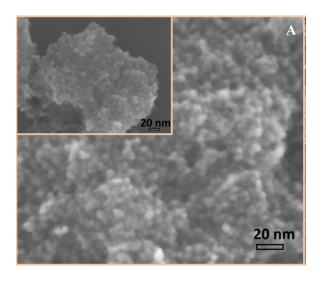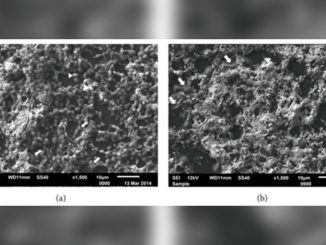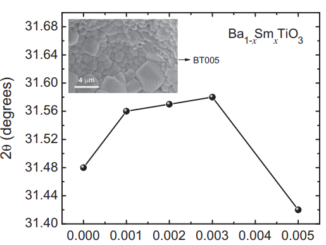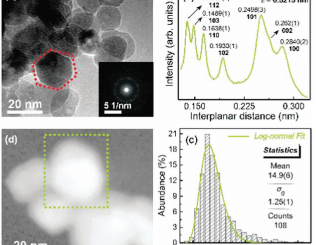
Direct photo-oxidation and superoxide radical as major responsible for dye photodegradation mechanism promoted by TiO2-rGO heterostructure
Abstract: The increase in photocatalytic activity of reduced graphene oxide-TiO2 heterostructures under ultraviolet and visible illumination is already well known, as the photocatalyst mechanism modifications with heterostructure formation. However, which step in the degradation mechanism is modified with reduced graphene oxide-TiO2 heterostructure formation has been not demonstrated yet. These specific modifications are caused by the alteration in reactive oxygen species production. In this way, the goal of this study is defined which reactive oxygen species are produced by reduced graphene oxide-TiO2 heterostructure in the photocatalytic mechanism. A fast synthesis method to obtain this heterostructure by the microwave-assisted solvothermal method is presented, obtaining an improvement of photocatalytic efficiency, under UV and visible illumination. The non-hydrolytic method favors a better distribution of TiO2 nanoparticles around the reduced graphene oxide structure and inhabits the charge carrier recombination, showing a faster electron transfer than TiO2 samples. The RhB discoloration mechanism confirms that the reduced graphene oxide presence modifies the main reactive oxygen species produced. Under UV illumination, O2H* radical is the dominant reactive oxygen species produced by TiO2. For the heterostructure, the direct oxidation by oxygen vacancy is the primary mechanism step. Under visible illumination, O2H* is the main reactive oxygen species for both materials. The results present a better understanding of principal reasons related to the improvement in photocatalytic activity and could be useful in semiconductor heterostructure design.
Author(s): Byzynski, G; Volanti, DP; Ribeiro, C; Mastelaro, VR; Longo, E
JOURNAL OF MATERIALS SCIENCE-MATERIALS IN ELECTRONICS
Volume: 29 Pages: 17022-17037 Published: OCT 2018
DOI: 10.1007/s10854-018-9799-0




